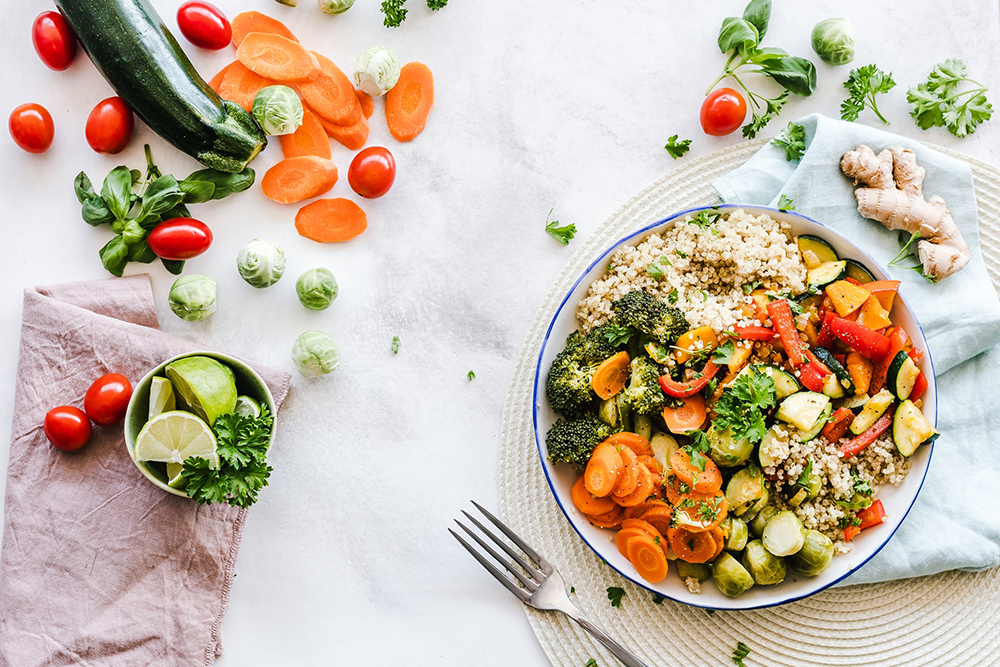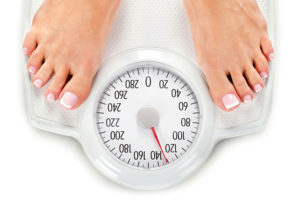So, you had your annual blood work. You’ve been pretty “good” with your exercise and nutrition, but you triglycerides came back high. Don’t panic. There are simple foods to eat, and some foods to avoid, that can help bring down your triglycerides (along with regular exercise and sleep).
1. Reduce Alcohol Consumption.
There’s been shown to be a dose-dependent relationship between alcohol and triglycerides. The more you drink, the higher your triglycerides will be. Reducing or eliminating alcohol can bring down your triglycerides by 5-10% alone.
2. Avoid Sugar.
Yep, here’s that villain rearing it’s head again. Eat sugar, get elevated triglycerides. Eliminate sugar, lower triglycerides. It really is that simple. Be aware of the foods you eat, and whether they contain added sugar! Avoid sugar, period.
3. Mindfully eat fruit.
If you have high triglycerides, you’ll need to be more aware of the fruit you select. You’ll need lower glycemic load fruits, such as: blueberries, blackberries, strawberries, raspberries, and avocado. You’ll need to avoid sweeter fruits such as: oranges, grapes, and watermelon. Do not drink any fruit juices, period. And, only consume 1-2 servings of fruit each day.
4. Eat more vegetables.
No surprise here. Eat the rainbow of vegetables. Dark leafy greens of all types, cruciferous veggies, multicolored peppers, onions, etc. Colors matter. Eat a lot! Aim for 5-7 servings of vegetables (or more) each day.
5. Eat oily cold water fish.
Salmon, halibut, sardines, mackerel, herring, and tuna rule supreme when it comes to bringing those triglycerides down. Always choose wild caught over farmed. Supplement with high quality krill oil or algal oil, not necessarily fish oil (the quality generally sucks).
6. Use only olive and avocado oil.
Most vegetable oils are processed. That leads to massive changes in their composition, which can actually increase inflammation and disease. Organic Mediterranean olive oil and organic avocado oil are not only heart healthy, they’ll bring down your triglycerides too.
7. Reduce your consumption of grains and starches.
Yep, most of the grains we eat are highly processed. As such, they are not anywhere near their natural states. Eat them, and your mouth begins breaking down the starch into simpler sugars, beginning in your mouth. Since triglycerides are a direct result of sugar consumption, less is more. If you eliminate or dramatically reduce your consumption of rice, pasta, white potatoes, corn, peas, and bread, you’ll help bring those numbers down. Especially avoid wheat and gluten.
You can, however, eat what are known as resistant starches. They are recognized by your body as fiber, and actually help shuttle excess cholesterol and fats out of the digestive tract. Green bananas, green plantains, and cooked oatmeal that has cooled to room temperature are all sources of resistant starches.
Still have a craving for bread? An occasional slice of real sourdough bread is ok.
8. Don’t smoke.
Yet another argument against smoking. ‘Nuff said.
9. Use Intermittent Fasting as a tool.
The studies on IF are growing. Not only can it up cellular autophagy, increase mental clarity, promote fat loss, improve sleep, and more, it can also control blood sugar and reduce triglyceride levels. There’s research on how IF can actually reverse Type II Diabetes. Another argument for IF.
Give nature time to work. If you’ve recently had blood work that showed high triglycerides, try applying the above items for 3 months, then have it checked again. If you haven’t had a reduction after 6 months, it’s time to talk with your doctor about additional things you can do.
Food is medicine. As such, you can get too little of the medicine you need, or too much of the medicine you don’t need. Over time, this can cause major problems. The good news is that we can change our behavior and choices, and dig our way out of most of these holes, before it gets to be too late.
I’m here to help.
-Aaron




